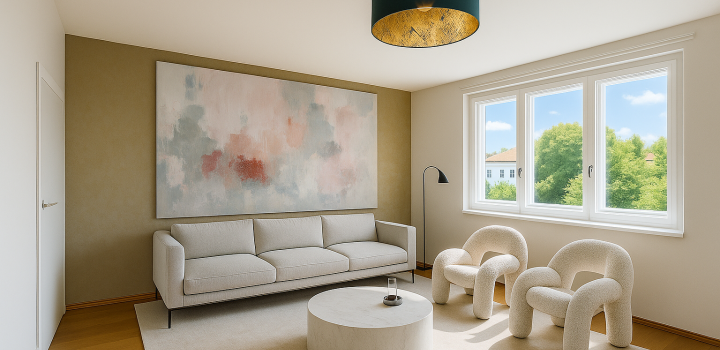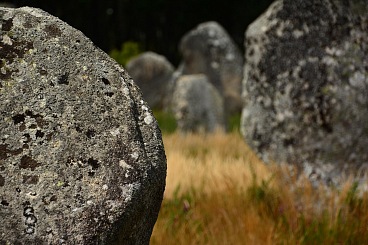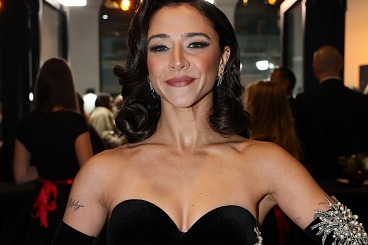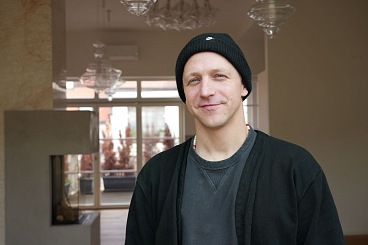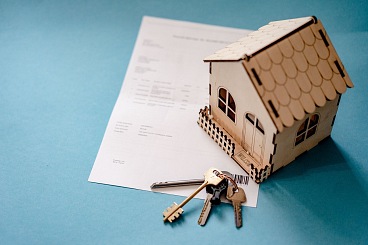Czech architects: Bohumil Hypšman as a disciple of austere neo-classicism
A distinctive figure of the 1st half of the 20th century
He was active not only in the field of architecture, but also devoted his energy to historic preservation, cultural and social events. He was also interested in various urban solutions to Prague public spaces in the spirit of preserving old Prague. He changed his surname to make it sound more Czech in 1945 after the tragic death of his son at the very end of the war.
The artist’s career
IT began when he graduated at a studio in Vienna. This is where he submitted his designs to various architectural competitions. After he returned he worked for a time at the studio of Q. Bělský. His professional career continued to develop during establishment of his own design studio, which focused on projects for residential areas, office buildings and utility structures, in 1906.
Realised projects
His buildings are deluxe but not “overblown”. He worked his way to pure neo-classicism with emphasis on the geometric arrangement of the façade, structural purity and moderate decoration. All these are guides according to which you can easily recognise his buildings. For instance his own villa in Prague – Štřešovice. He designed it as a house for his family and the style of his teacher O. Wagner is also clearly reflected in the structure. The building consists of three parallel blocks, it appears severe and the façades have no unnecessary decoration. The winter garden on the outdoor terrace is a deluxe element that softens the entire structure.
His contribution to public spaces
This included buildings such as Hostivařské mlýny a pekárny, the Pod Emauzy Ministry Complex, Nemocenská Pojišťovna (now a clinic), a number of residential and rental houses – Prague Vyšehrad or Prague – Bubeneč. He was not regressive, he was progressive, but he honoured tradition and the legacy of the past, which is why he cared about old Prague, he was a member of the Club in support of Old Prague. He most often published his displeasure or arguments in magazines.
He was a tenacious and creative man and he held Prague close to his heart.









